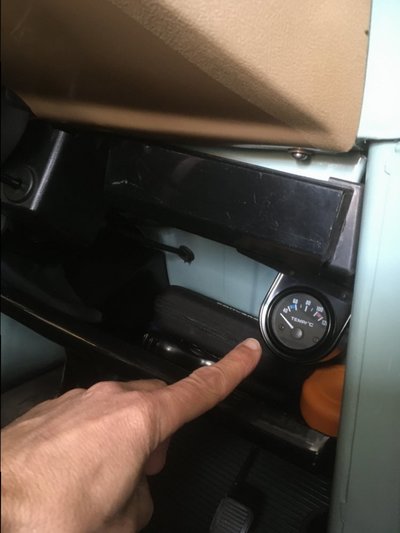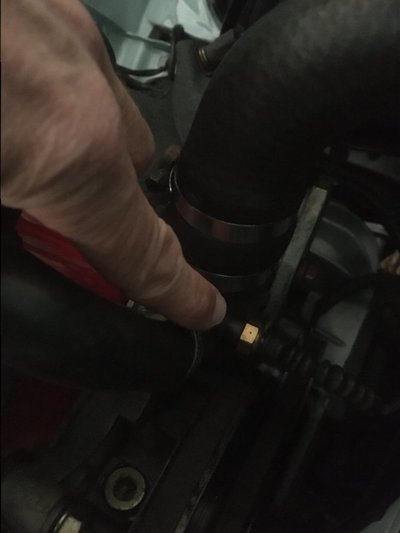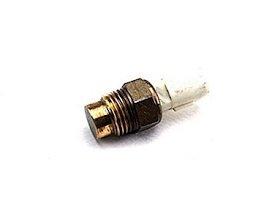ryanrenault4gtl
Enthusiast
- Messages
- 44
- Location
- Llanelli
Hi all,
After recently having bought a 1988 Renault 4TL and having it serviced, I was told by the mechanic that it might be a good idea to look into additional gauges should the original ones be slightly inaccurate. Though the car should now be fine, (It has been in the garage a while), I would like to see if I can install a set of them.
Which ones would you recommend I look into buying and installing into the car?
Are there any sets which you would recommend i.e. brand, any packs, power outages (I am totally lost and confused) ?
Which dials should I look into getting? Are 3 really needed? Which ones are the most useful to have? Oil? Water? Voltage?
I am rather lost with everything and this is my first car, (I´m 30 and thought this would be fun) and would really appreciate any help or recommendations that you have.
If you have any advice, I will be so grateful!
Regards
Ryan
After recently having bought a 1988 Renault 4TL and having it serviced, I was told by the mechanic that it might be a good idea to look into additional gauges should the original ones be slightly inaccurate. Though the car should now be fine, (It has been in the garage a while), I would like to see if I can install a set of them.
Which ones would you recommend I look into buying and installing into the car?
Are there any sets which you would recommend i.e. brand, any packs, power outages (I am totally lost and confused) ?
Which dials should I look into getting? Are 3 really needed? Which ones are the most useful to have? Oil? Water? Voltage?
I am rather lost with everything and this is my first car, (I´m 30 and thought this would be fun) and would really appreciate any help or recommendations that you have.
If you have any advice, I will be so grateful!
Regards
Ryan











